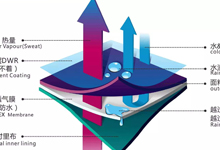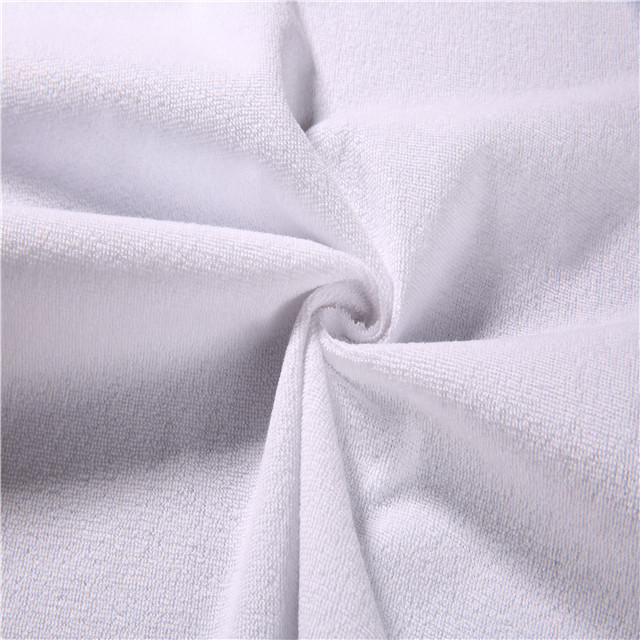Wet wipes, did you choose the right one?
The COVID-19 epidemic has stabilized for the time being, spring is warm and flowers are blooming, people are ready to travel, but the flu virus is here again. Recently, influenza viruses have broken out in many schools in Beijing, Shanghai, and Zhejiang, and the intensity of the epidemic is on the rise. In the face of the menacing influenza A, how should we respond?
Experts point out that to prevent influenza A, influenza vaccination is the first choice; secondly, in the face of influenza, “prevention” is better than “cure”. Influenza and COVID-19 are both respiratory infectious diseases. COVID-19 prevention and control measures such as “wearing masks,” “less gatherings,” and “good hand hygiene” are equally effective in preventing and controlling influenza. Daily disinfection of the environment and hand hygiene at home is also an important “defence”. Wet wipes that are easy to carry are very popular. There are currently a variety of wet wipes on the market that are used for hands and for mopping floors with the labels “99% sterilizing” and “99% antibacterial”. How should we choose? ?
Wet wipes that perform cleaning and disinfecting functions are usually divided into two categories: sanitary wipes and disinfecting wipes. They are mainly prepared by soaking or spraying production liquid (cleaning liquid, disinfectant liquid) on non-woven fabrics and other carriers.
01/Definition of sanitary wipes and disinfectant wipes

Sanitary wipes: Wet wipes use non-woven fabrics, fabrics, wood pulp composite fabrics, wood pulp paper, etc. as carriers, add appropriate amounts of raw materials such as production water and disinfectant, and have a cleaning and sterilizing effect on the treated objects.
Disinfectant wipes: Carrier disinfectant refers to a disposable product that combines disinfectant (liquid, solid) with a specific carrier including non-woven fabrics, fabrics, medical skim gauze, medical sponges, etc. in a certain way.
02/The difference between sanitary wipes and disinfectant wipes

Different standards
Sanitary wipes: implemented according to two major standards: GB 15979-2002 “Hygienic Standard for Disposable Hygienic Products” and WS 575-2017 “Hygienic Requirements for Sanitary Wipes”.
Disinfectant wipes: refer to the group standard T/WSJD 001-2019 “Hygienic Requirements for Carrier Disinfectants”.
Different application ranges
Sanitary wipes: suitable for cleaning and sterilizing hands, skin, mucous membranes and ordinary object surfaces.
Disinfection wipes: suitable for disinfecting hands, skin, mucous membranes, environmental surfaces, ordinary object surfaces, medical equipment surfaces and medical supplies surfaces.
Different liquid contents
The weight ratio of liquid to carrier in sanitary wipes should be ≥1.7; the weight ratio of liquid to carrier in disinfectant wipes should be 1.7~5.0.
Different disinfection effects
The killing rate of sanitary wipes against E. coli and Staphylococcus aureus should be ≥90%. If it is marked as having a bactericidal effect on fungi, it should be used against Candida albicans. The killing rate is ≥90%; if it is indicated that it has a killing effect on other microorganisms, the killing rate of the corresponding microorganisms should be ≥90%.
The extruded liquid of disinfectant wipes should have a killing rate of ≥99.999% against Escherichia coli, Staphylococcus aureus and other bacteria. If it is labeled as killing fungi, the killing rate against Candida albicans and Aspergillus niger should be Killing rate ≥99.99%. If it is indicated that it has a killing effect on other microorganisms, it also has a corresponding killing rate.
Here is the explanation of the meaning of microbial killing rate, which is the value of the reduction in the number of microorganisms expressed as a percentage, that is, the number of killed microorganisms accounts for the percentage of the original number of microorganisms. The number of microorganisms before disinfection is X0, and the number of microorganisms after disinfection is Xt. Then there is a microbial killing rate = (X0-Xt)/X0*100%.
To sum up, disinfectant wipes require higher microbial killing indicators than sanitary wipes. The killing rate of sanitary wipes should be ≥90%, and the killing rate of disinfecting wipes should be at least ≥99.99%.
03/Buying Guide

In addition to the daily product name, net content, production company information, health License number (“Health Certificate” is the formal disinfection product format), production date, batch number, etc. Sanitary wipes should be marked with the name of the main raw materials and the implementation standard number (such as GB 15979 or WS 575 shown above). The main active ingredients in the towel extrusion liquid and their contents, the types of microorganisms killed and the scope of use.
However, the label of sanitary wipes should not be labeled with sterilization, disinfection, bacteriostasis, sterilization, medicine, high efficiency, prevention of sexually transmitted diseases, alleviation or relief of disease symptoms, anti-inflammatory, and anti-inflammatory; the product name should not Marked with the word “antibacterial”.
The packaging of disinfectant wipes must label the main active ingredients and their content (or added amount).
04/Usage Suggestions
When purchasing any product, you must read the instructions carefully, store it in a suitable storage location, and pay attention to its purpose, time and usage.
In fact, in daily life, cleaning your hands has a higher priority than disinfecting your hands. Washing hands with running water should be preferred. If there is no water when you go out, you can choose wet wipes. Choosing the right wet wipes can help us travel with peace of mind in this spring time.





